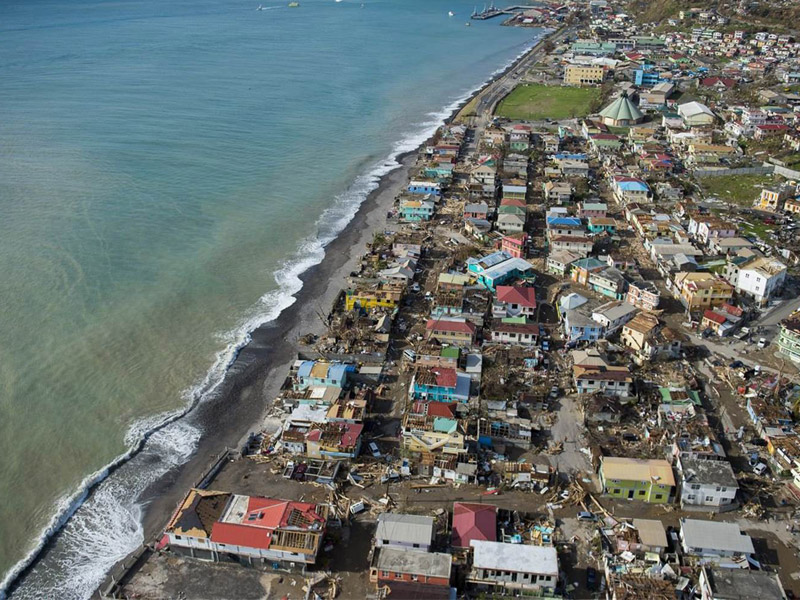MOSUL, Iraq — As U.S. coalition-backed Iraqi forces trying to reclaim Mosul from ISIS continue to push forward into the western part of the city, NYC Medics’ mobile medical teams are following close behind. DISPATCHES media volunteer Ann Stevens caught up with NYC Medics Operations Coordinator Phil Suarez, just back from a two-week rotation on the front lines. Here’s an edited version of their interview:

Q: The photographs you took and recently sent back from the front lines (see IMPACT STORIES section on this site for Phil’s updated photos from Mosul) recently pictured the emergency medical clinic that NYC Medics set up during your most recent rotation, located in an abandoned home. Is that a permanent headquarters?
PHIL SUAREZ: No, these are temporary locations. We’re on the move, and this week, we’re moving again. I just got off the phone with (Executive Director) Kathy (Bequary), and she and one of the generals of the coalition forces are scoping out new locations for our next clinic just behind the front lines. As the front moves—as coalition forces eat up ground from ISIS—we will keep moving. The object is for us to always be about 10 minutes from point of injury, from the front. Right now, we are about a 10-minute drive from the front. We had been in Abu Saif, but that has now been cleared of ISIS, so now the forces are on the move again, advancing closer to center city (Mosul). We’re preparing to move now, too, right behind them. In that new location, we will be something like 5 to 8 kilometers from the front. Up until now, we have been setting up our clinic in abandoned homes, in places still left standing. As we advance, we could find ourselves in evacuated airport terminals. It’s a little weird, knowing you’re in a place that used to be someone’s living room.
Q: Throughout history, medical teams treating people in conflict zones have often had to set up clinics in the homes of civilians no longer on site—during the American civil war, physicians converted civilian mansions at the edges of small towns near the battlefields into surgical theaters.
SUAREZ: Given the destruction, though, these structures are all there is. Moving forward, it’s most likely that we will not stay in one place more than a week or two, unless the (U.S.-backed) coalition gets tied down, where it’s not gaining ground. That may happen once they advance to city center, and it could mean more civilians are thrown directly into the line of fire.
Q: News reports here say that bombardment and gunfire are getting heavy, and The New York Times is reporting that coalition forces have recently recaptured a branch of the central bank, an archaeological museum that jihadists ransacked after taking the city in 2014, and a bridge that crosses the Tigris River in the center of the city. Other buildings retaken from the Islamic State have included a courthouse where ISIS militants had carried out whippings, stonings, and beheadings. These are fairly grisly environs.
SUAREZ: In nearby structures, we see evidence all the time of civilians having to flee quickly. It’s not unusual to see piles of clothing strewn across rooms, and pieces of things left behind in a hurry. These homes also show evidence of heavy fighting. Many have bullet holes in the facade and broken glass.
Q: How vulnerable are you, as medical teams, to counter-attack?
SUAREZ: We’re definitely close to the activity in the region, and as troops advance, we can hear more and more of the shelling. From the rooftops of our compound, can see smoke from the front lines. Some nights, it’s hard to sleep because of the artillery and shelling going back and forth. It’s pretty intense. But the place behind the front lines is also one of the safest places to be under these conditions, and we put all of our volunteers into mandatory training for these crisis zone conditions before they hit the ground here. I’ve been very impressed by the efficiency and caliber of our volunteers and how our advance teams have made these clinics as safe as possible for them to help the soldiers and civilians who get injured. We’re basically there to keep people alive long enough to get them transported to hospitals and surgical teams much further from the fighting.
Q: What is the ratio of children and civilians to soldiers that you’ve been treating so far?
SUAREZ: Early on, we were treating mostly soldiers because our mobile medical teams, early on, were mostly in towns that were largely unpopulated. But now, as we start pushing closer to the center city of Mosul, we are getting more civilians, and we’re also seeing civilians fleeing down the roads from us. Mosul is still a very populated place, with hundreds of thousands of people still trapped amid the fighting. Mosul is Iraq’s second-largest city. Those civilians are one of the primary reasons we’re here. To get them out safely as we advance to retake the city is core to our mission here.
Q: What’s your favorite story so far from this experience?
SUAREZ: The children. They are inspiring. They’re no different than any children—and those left behind are very ambitious. A few the other day sold us sunflower seeds, very popular here as a snack. But they didn’t pocket the money. They reinvested it into their inventory and bought more varieties of snacks and then sold those to us, too, as the days went by. Each day, more variety. Very cool. Budding entrepreneurs with good business sense. Microeconomics, right? Start small and build it. It think that’s also what we’ve got in common here—a determination for better days ahead for the people here, and for these children, in particular.
To see more of Phil’s photos from the front, check out the IMPACT STORIES section of this site, under Iraq.
—Ann Stevens
(PHOTOGRAPHY: Phil Suarez, NYC Medics.)


